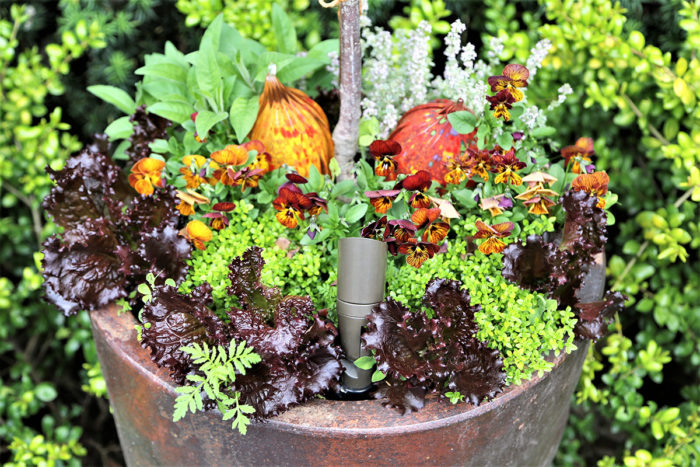
July is when temperatures finally start to get warm in the Pacific Northwest. It’s also when the air starts to become much drier and have less overall humidity, except when a rare summertime thunder-and-lightning storm helps to increase it. Summer here is wonderful, especially late evenings spent outside on the patio or in the garden. As I always say, make sure to spend some time appreciating all the hard work and effort you have put into your garden. Here are a few garden chores to take care of in July to carry you through until August.

Refresh the annuals in your garden. I love to use summer annuals in my containers and in garden borders. Now is a great time to find a large selection of long-blooming late summer annuals at local nurseries and garden centers. There are many wonderful heirloom varieties of flowering tobacco (Nicotiana spp. and cvs.), zinnias (Zinnia spp. and cvs.), cosmos (Cosmos spp. and cvs.), and marigolds (Tagates spp. and cvs.) that are well worth a try in your garden. Along with growing more summer annuals, it is also important to continue to deadhead earlier-planted varieties to keep them blooming all season long. Many will quickly go to seed with the change in temperatures and may be too far gone to save. In these cases, it is best to completely remove them from your garden and replace them with new plants.
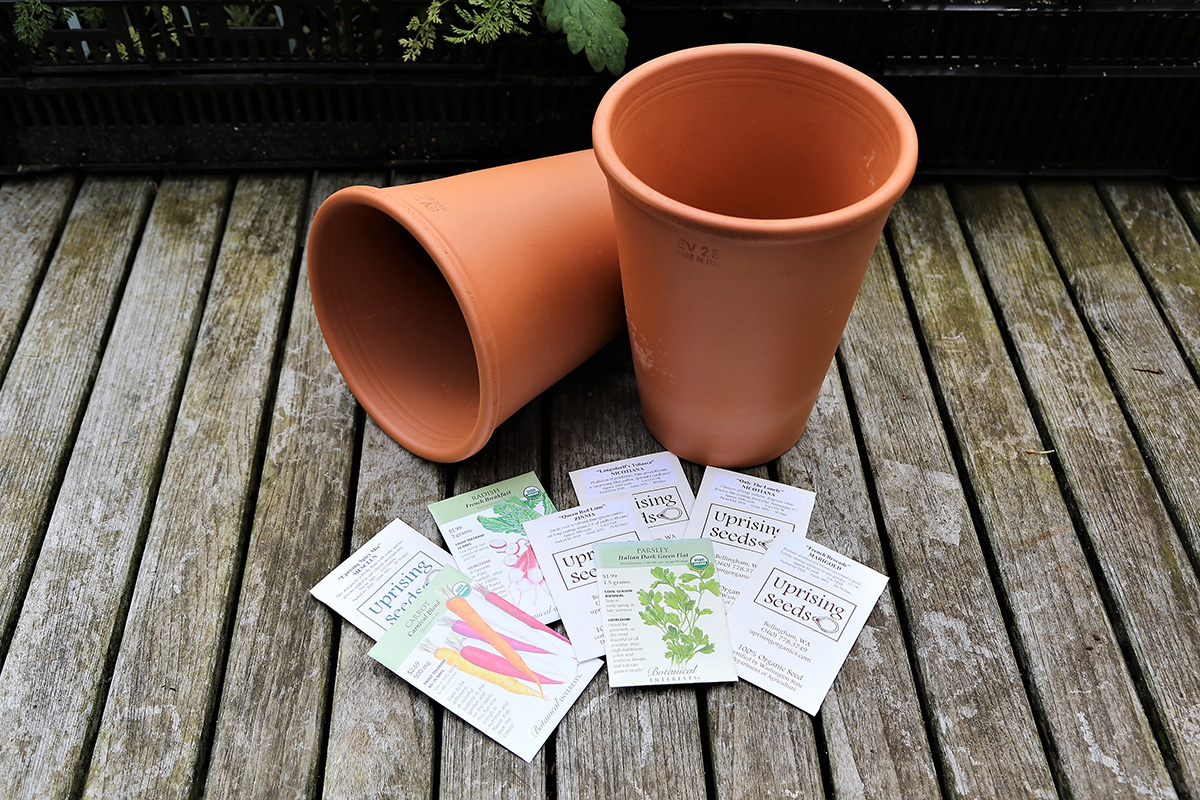
Plant your next round of vegetables. If you are growing some of your own vegetables and greens, remember to keep up with your succession planting of salad greens, carrots, and herbs. There are many warm-weather and slow-to-bolt lettuces such as ‘Jericho’, ‘Red Cross’, and ‘Merlot’. Some great warm-weather herbs to keep sowing are basil, parsley, and chives. Harvesting lettuces and herbs with the ‘cut and come again’ method is great for those mentioned above. Using shade cloths is also another great way to keep carrots, radishes, and other quick-growing vegetables cooler in the summer heat. I recommend checking out the warm-weather seed varieties at Johnny’s Selected Seeds. I often grow these plants in tall clay containers that help keep slugs and snails away from my crops. Smaller crops are also a great way to avoid wasting the food that you have grown. By limiting the amount grown to a smaller container, gardeners can also try new and different greens, vegetables, and herbs without a commitment to a large gardening space. Growing edibles in containers is also great for garden enthusiasts with limited space.
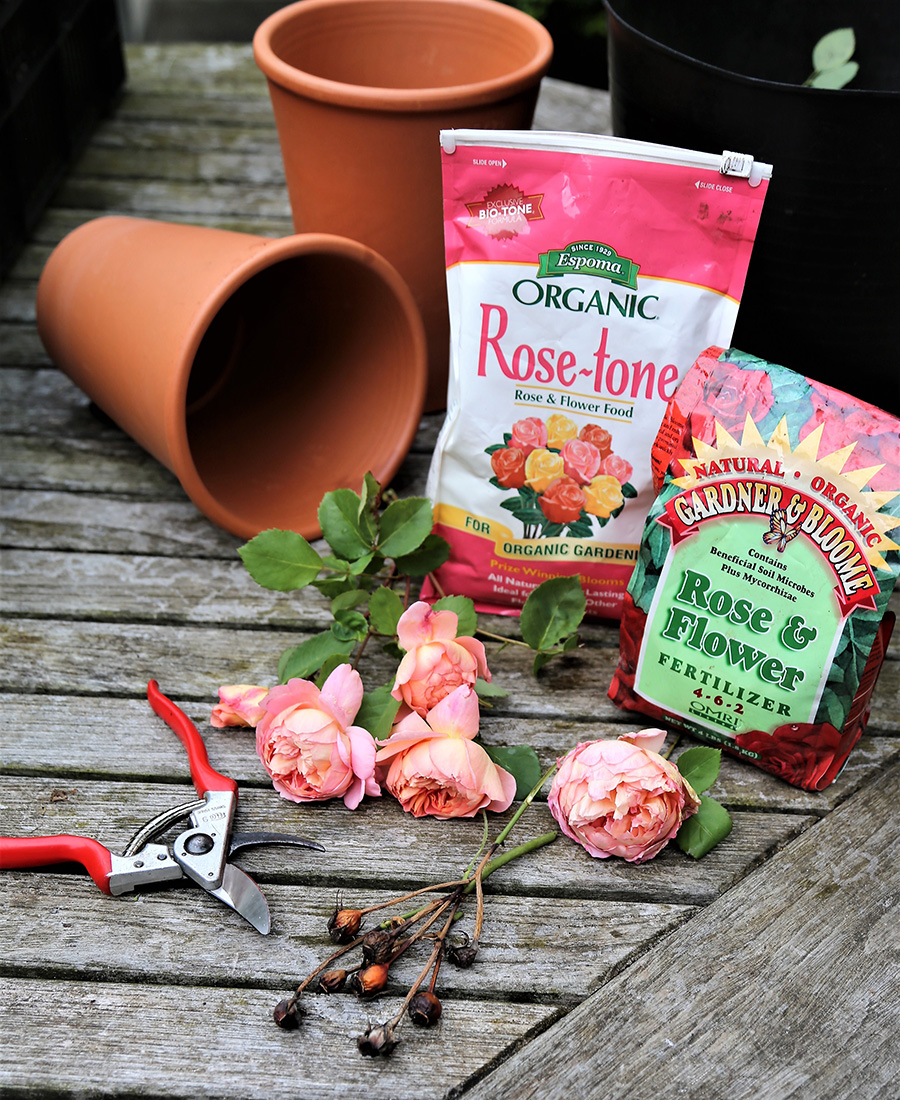
Deadhead and fertilize roses. Many roses start to become tired in July, but they will continue to perform all season long with a monthly application of an all-purpose rose fertilizer. Roses are heavy feeders; fertilizing them will help ensure a continuous bloom. Do not forget to deadhead your roses regularly as well. Once the spent rose blooms start to form rose hips, the hormones in the plant change and it will start to put its energy into ripening those rose hips. Deadheading should be done weekly, or at a minimum every two weeks. Continue to clean your pruning shears well with rubbing alcohol or another cleaning solution between plants to prevent the transmission of diseases.
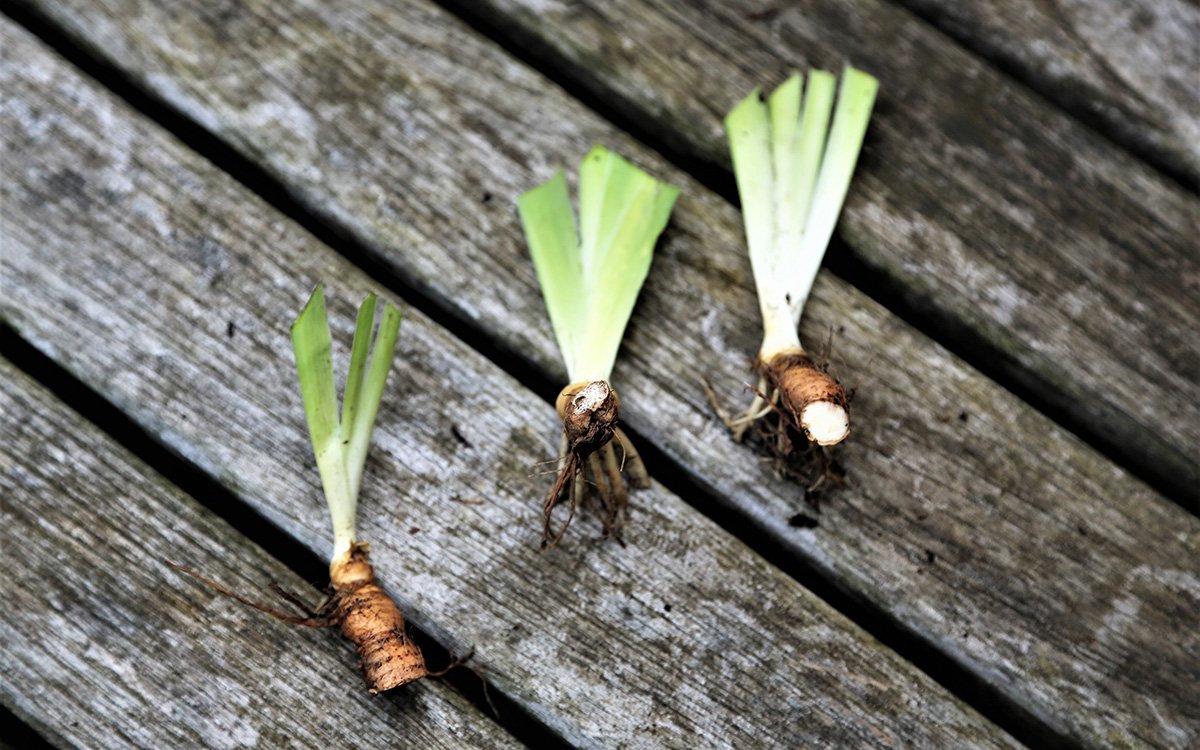
Divide bearded irises. By July, most of the single-blooming bearded irises (Iris spp. and cvs., Zones 3–9) are finished blooming, and it is a great time to lift and divide them; just be sure you do not divide the multiple-blooming or late-blooming varieties. Bearded irises become very congested with old growth and will slowly stop flowering as heavily if not divided. They like to produce flowers from the newest growth. Make sure to cut off the spent flower stalk and cut away older rhizomes that are dried and potentially starting to rot away. Lastly, trim the leaves in angled ‘A’ cuts before replanting. This will help lessen water loss during the transplant. Iris rhizomes should not be completely buried in the soil but partially exposed in the ground. I often use gravel or grit to help weigh down the newly planted irises in their new home.
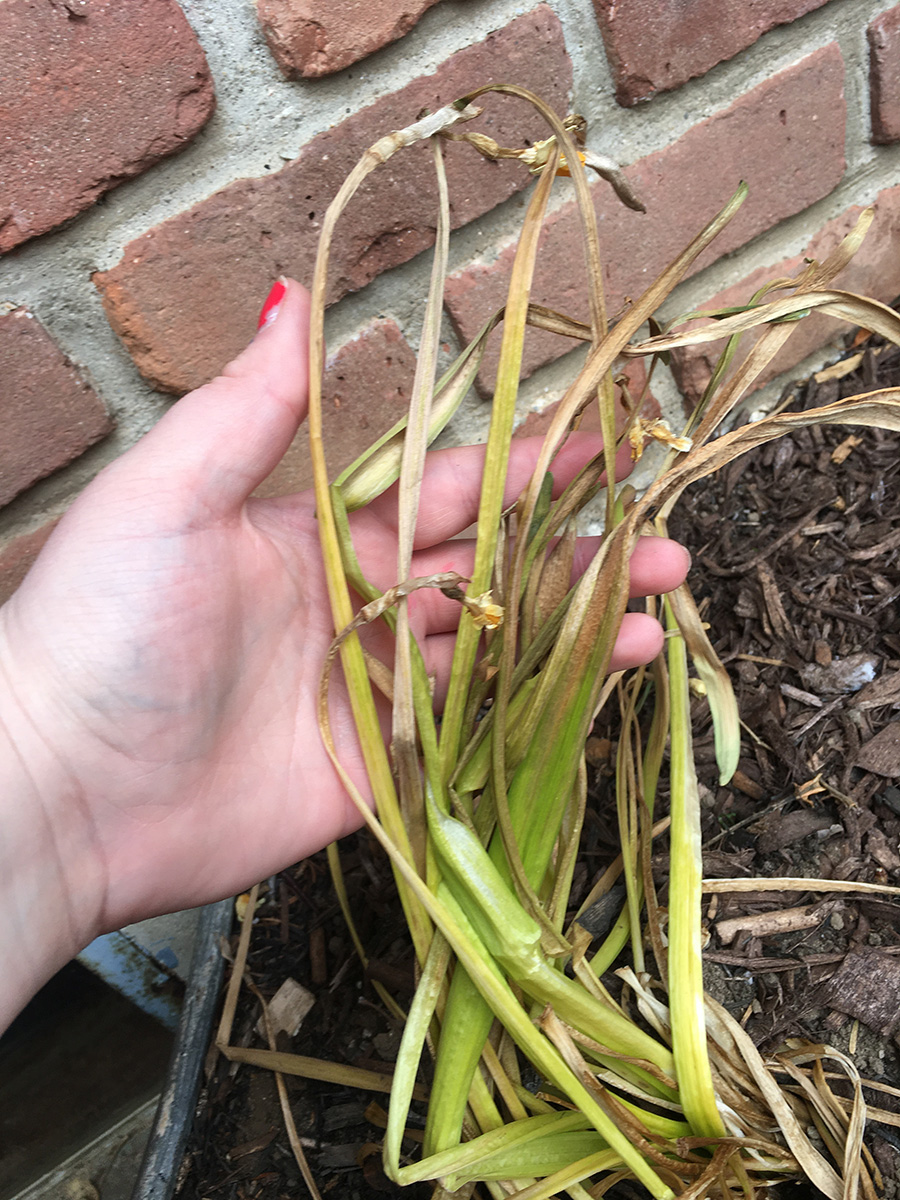
Cut back spring-flowering bulb foliage. You’ve already let the foliage of naturalizing bulbs die back to help reenergize the bulbs for next year’s bloom. Now is the time to remove any remaining dried foliage from your spring bulbs, especially that of any late-blooming tulips, daffodils, or other narcissus (Narcissus spp. and cvs., Zones 3–9).
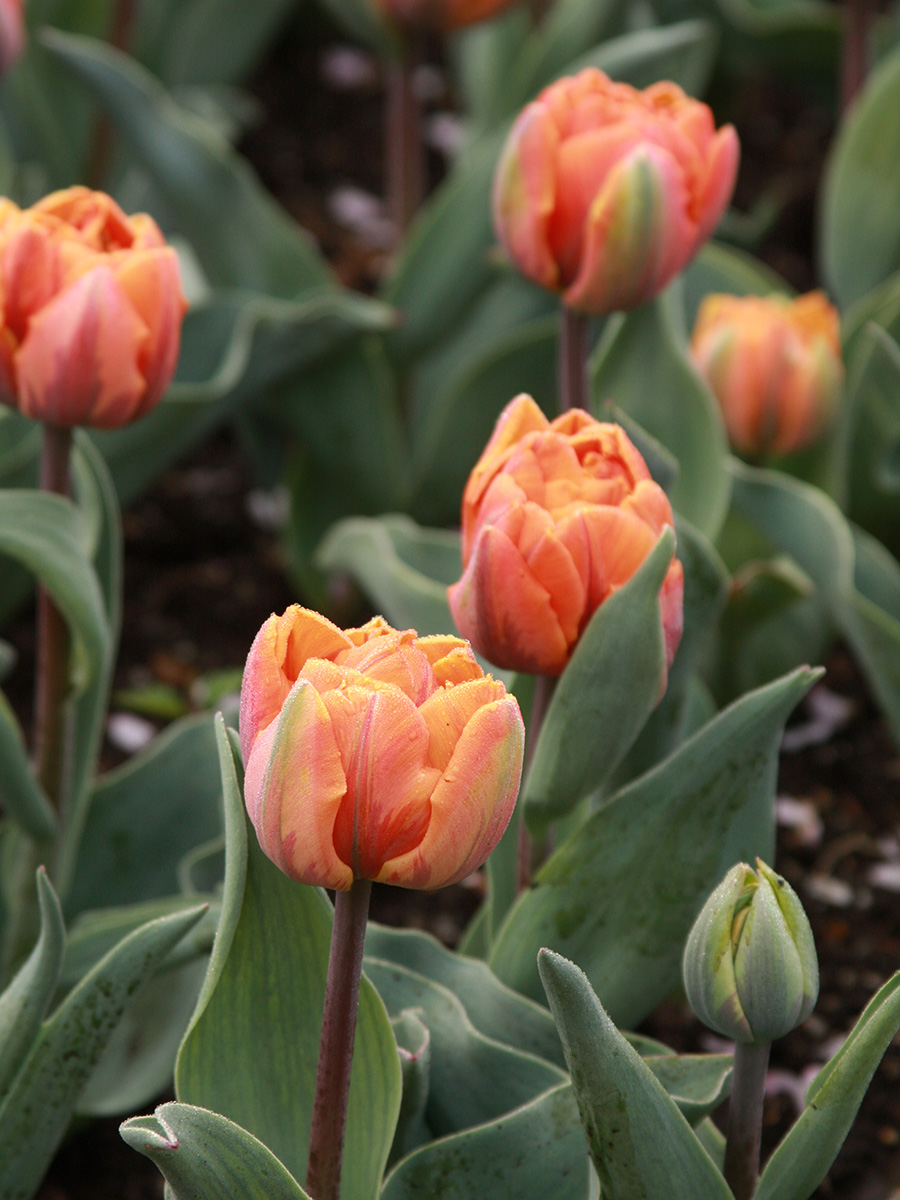
Order bulbs to plant in the fall. While I do not want to rush you away from enjoying the wonderful summer weather, now is also the time to order fall-planted bulbs. Many growers have limited availability of new and rare bulbs, so start your list while sitting on the patio, and then make your order. I particularly like the selections available from Brent and Becky’s Bulbs, John Scheepers, and Old House Gardens. As a bonus, many bulb mail-order companies offer early-ordering discounts.
I hope your July chores are interspersed with time for relaxing on the patio, enjoying a good barbecue, and appreciating the beauty around your garden. Don’t forget that July is dry, so remember to water your new plants and containers thoroughly for the next few months until the fall rains return.
—Jason Jorgensen is a landscape designer in Seattle.


















Comments
Log in or create an account to post a comment.
Sign up Log in